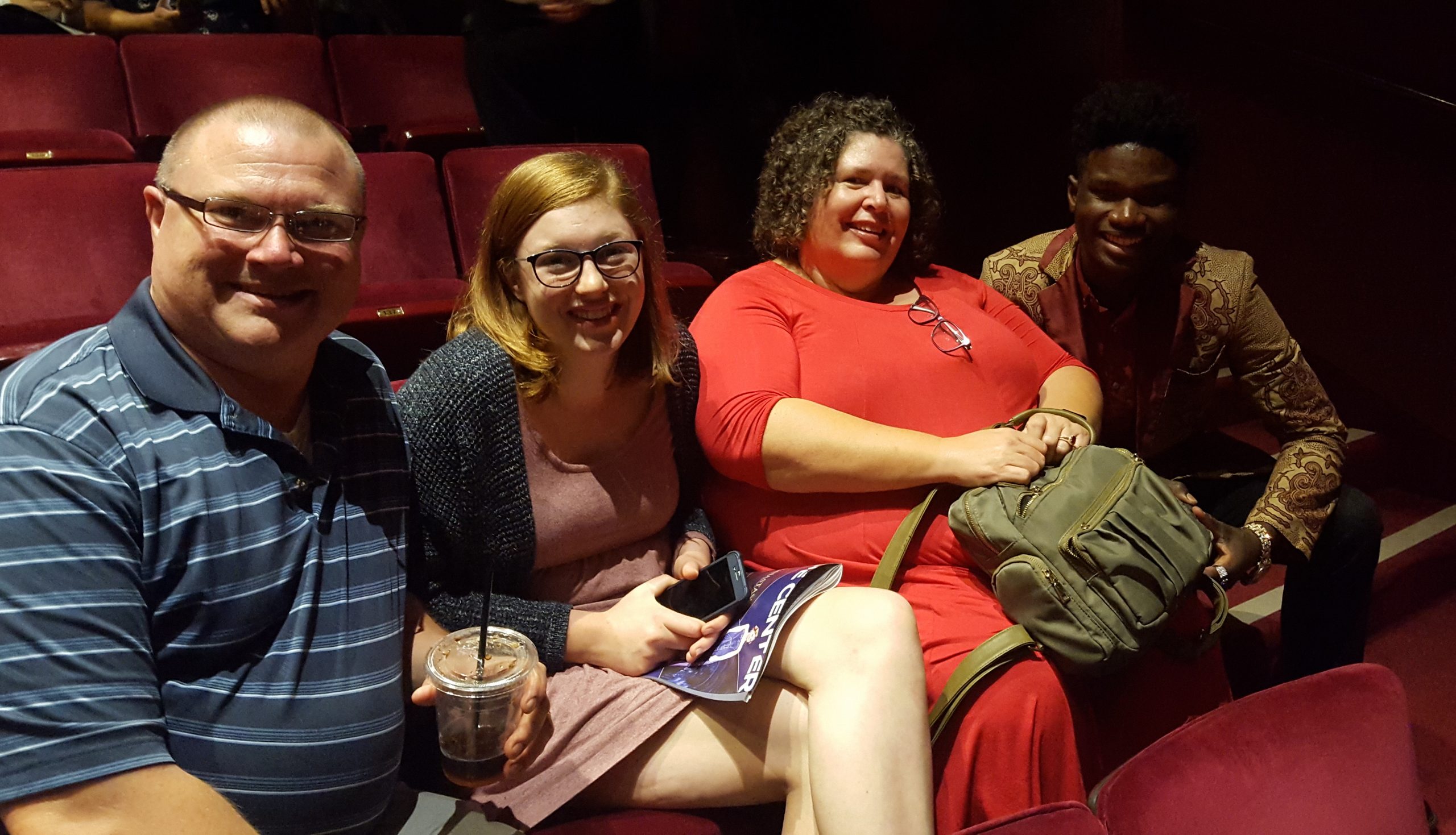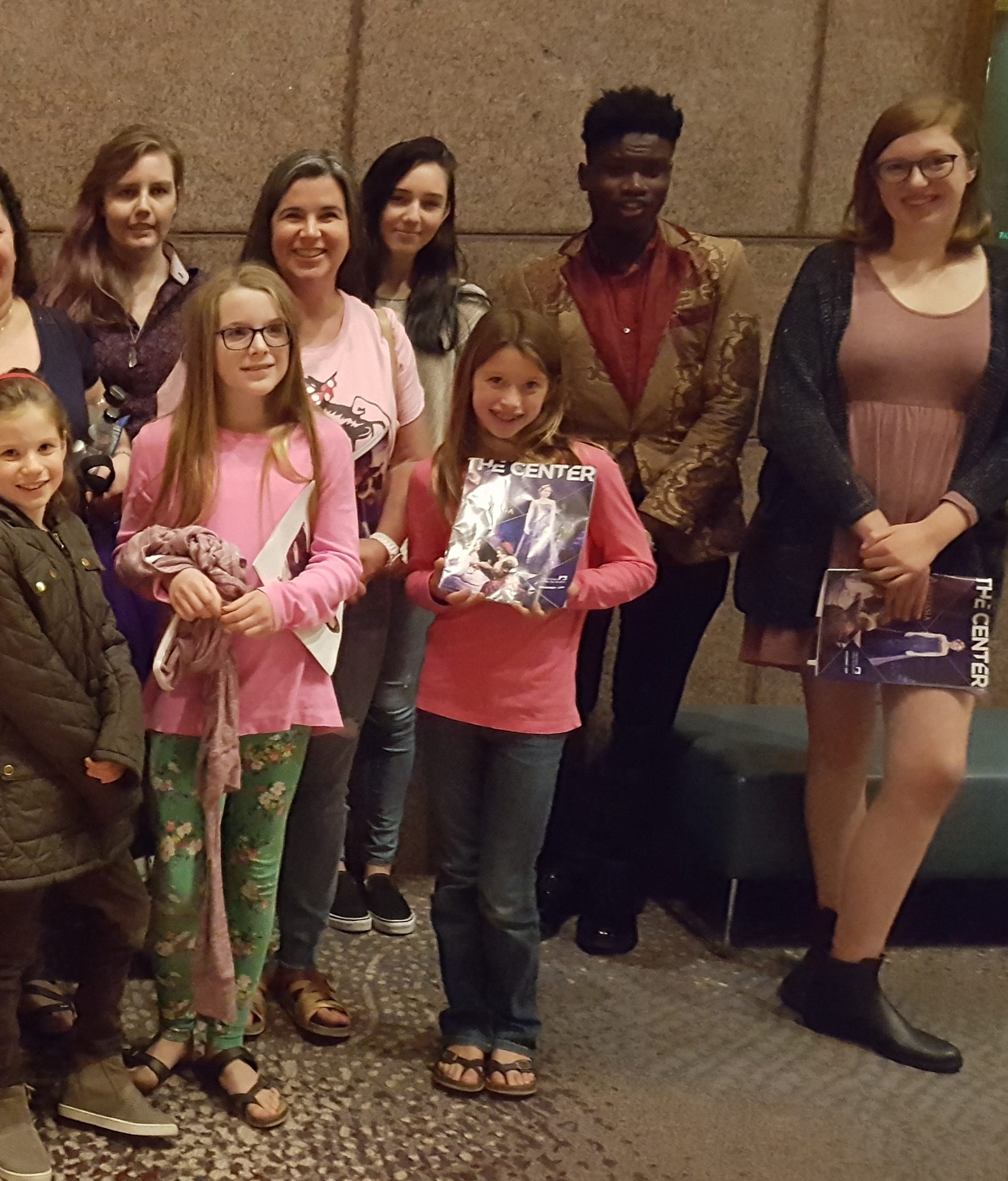Ugly Sweater DIY
As the cold weather arrives, so too appear the dreaded ugly sweaters! Seen out at holiday parties and even the home during the ABC holiday special binging events on the couch, these atrocious articles of clothing have gotten more creative and--dare we say--uglier! The tradition has gone so viral, in fact, that it even has its own holiday.
If you're thinking you don't have an ugly sweater, your friends would probably beg to differ.
Even the simplest of sweaters can turn into the perfect ugly holiday sweater with a couple household, everyday decorations. Check out some ideas below.

How to Make Your Very Own, Truly Hideously Ugly Sweater
While this extravagantly ugly sweater may look complicated, it's pretty simple!
Here are some objects you can put on your ugly sweater ready for the upcoming festivities:

- Sweater from your closet (Or purchased for this occasion, if you prefer!)
- Yarn, garland, tinsel or blinking lights to make stripes
- Ornaments, or thin props to add throughout the sweater
- Bells or anything else loud and obnoxious!
- Your favorite stuffed animal (because why not?)
To put together the sweater, you can use whatever you have! Either make it more permanent with hot glue or have a temporary ugly sweater using rubber bands, safety pins or binder clips. Whatever you do, you can be sure to have a great sweater just like Peyton's!
Once you've put together your masterpiece, don't forget to tag us in your uploaded photo on Facebook! We can't wait to see what you come up with.
The differences between a diploma vs. GED

It’s estimated that nearly 750,000 students drop out of high school each year in the United States.
It’s also estimated that a high school dropout earns $19,200 less annually than a high school graduate. And $36,424 less annually than those who hold a bachelor’s degree.
The numbers go further.
The unemployment rate on average for high school graduates is 8.5 percent. For high school dropouts? The rate increases 12 percent.
If there is any takeaway from these stats, it’s that earning a high school diploma clearly has its advantages.
The Difference Between an Online High School Diploma vs. GED

GED stands for general education development. Not general equivalency diploma, as many seem to think. A GED is earned by taking and passing an exam that usually costs about $70. After passing the exam, participants receive a certificate recognized by employers.
A GED is not the same as an online diploma, nor does it hold the same value.
Really, an online diploma is more aptly compared to a traditional high school diploma, considering it can be equivalent, depending on a school’s accreditation.
This is a custom heading element.
If the school is a public charter school and accredited, an online diploma is the same as traditional high school diploma. It’s simply earned online. Once again, this only applies to private or public charter online schools who are accredited, as Elite is (accreditation pending, coming soon!).
The Benefits of An Online Diploma vs. GED

Is it better to earn a high school diploma online versus obtaining a GED? Take a look at the stats below.
- A high school diploma is free to earn. Plus, those with a high school diploma earn $1,600 more monthly than those with a GED.
- Finding a job is more difficult with a GED because of the stigma it holds. As was stated, the unemployment rate is 4 percent higher.
- It can be more difficult to attend college. Just 5 percent of GED holders hold a bachelor’s degree, compared to 33 percent of high school graduates.
About Online High School

A majority of the time, students drop out of high school due to some outside circumstance. It could be negative experiences, an illness, disability or family obligations. Whatever the circumstance, the traditional high school model was not working for the student.
That’s where online high school is crucial to reducing dropout rates and helping students succeed.
There are several benefits of enrolling in high school online. The personalized support from teachers, flexible schedule and ability to study at home are a few features that make earning an online diploma much more doable for many students.
Personalized Support
In any school, you can find qualified teachers, dedicated to helping their students. But as class sizes increase, distractions increase, and the teacher’s availability wears thin.
Online school allows for a more personalized approach to learning. Instead of focusing on 30+ students from hour to hour, online teachers conduct online seminars, with the majority of their day focused on individually helping students understand the material.
Flexible Schedule
Online students are not tied to the usual traditional school schedule of 8 a.m. – 3 p.m. They do have to work just as hard as traditional students, but they can choose when and where to do so.
This is most appealing to struggling and excelling students with time-demanding activities. Some are aspiring professional athletes, while others work to support their family.
These students work hard to balance their lives, and it’s only possible through online school.
Safe Environment
There are many instances that make studying at home necessary for some teens. Online schooling provides the teens who need a safe, comfortable environment with the ability to still earn their high school diploma.
It’s Probably Not too Late to Obtain Your Online Diploma

If you have dropped out of high school, there’s a good chance it’s not too late to earn your online diploma. You do not have to complete high school in the traditional four years.
Students in California can attend online high school until they are 22 years of age.
If you are nearing 22 years of age, give us a call anyway. We have programs in place to help you recover credits quickly.
A few great study spots for online and homeschool students
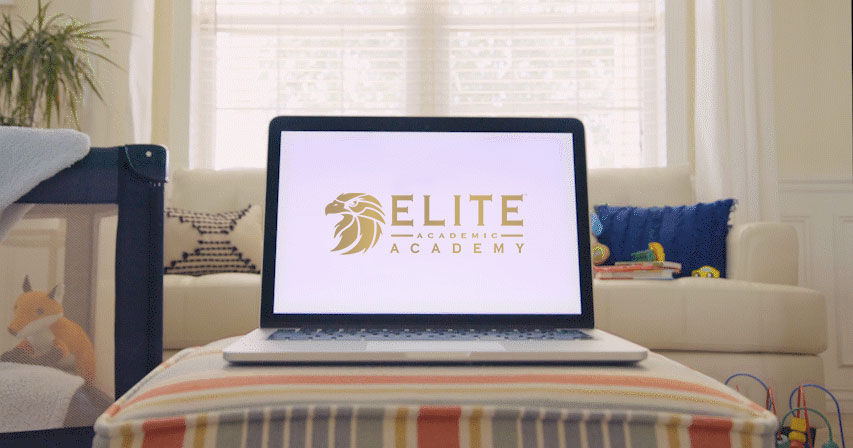
One of the biggest differences between traditional school vs online school or homeschool is the capability to study at the location of choice. As an online student, you are not limited to a classroom; you can study wherever you feel most comfortable. That could be a coffee shop. It could even be a barn.
With so many choices on where to study, making sure your child enjoys the freedom while still staying disciplined can be a concern. We get that.
That’s why we compiled a few ideas to get you deciding where your student will best learn.
Quiz: Which Place is Best for Your Student to Study?
You have options, but if you’d like to see which might work best for your child’s personality, take the quiz! Or check out some great ideas below.
1. The Favorite Spot on the Couch
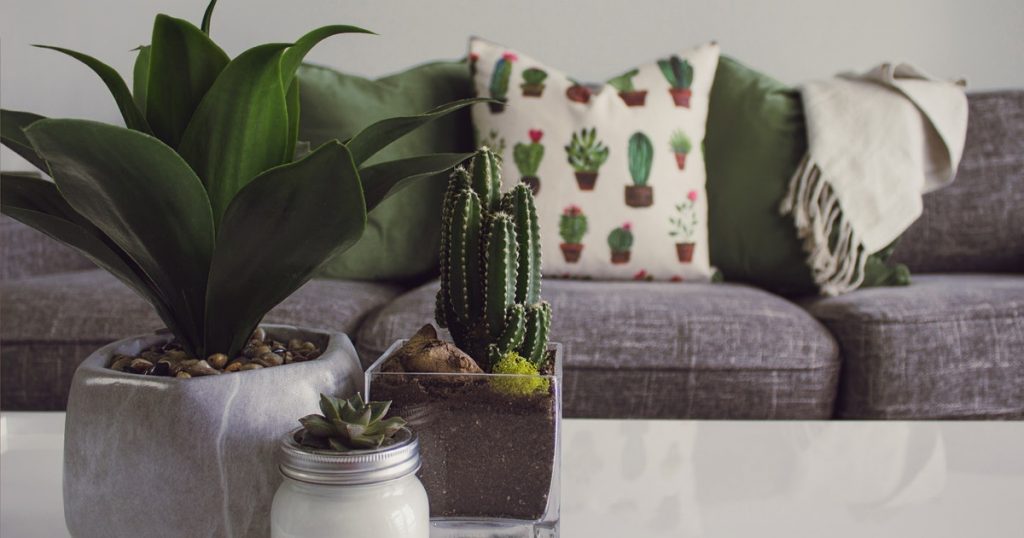
With some favorite cozy socks, of course.
Starting the morning stress free can be a huge benefit of online school, you can read more on that here.
There’s no rushing to make they catch the bus or stress of receiving yet another tardy slip. Your student can log in and start coursework on their own time. Of course, starting schoolwork later means finishing work later, but you have that choice!
Sometimes mornings call for leisure. If your child often needs time to ‘wake up’ in the mornings, then we recommend they head to a favorite spot on the couch. Get those favorite cozy socks out, grab a morning snack, log in and get working.
While on break during work or practice
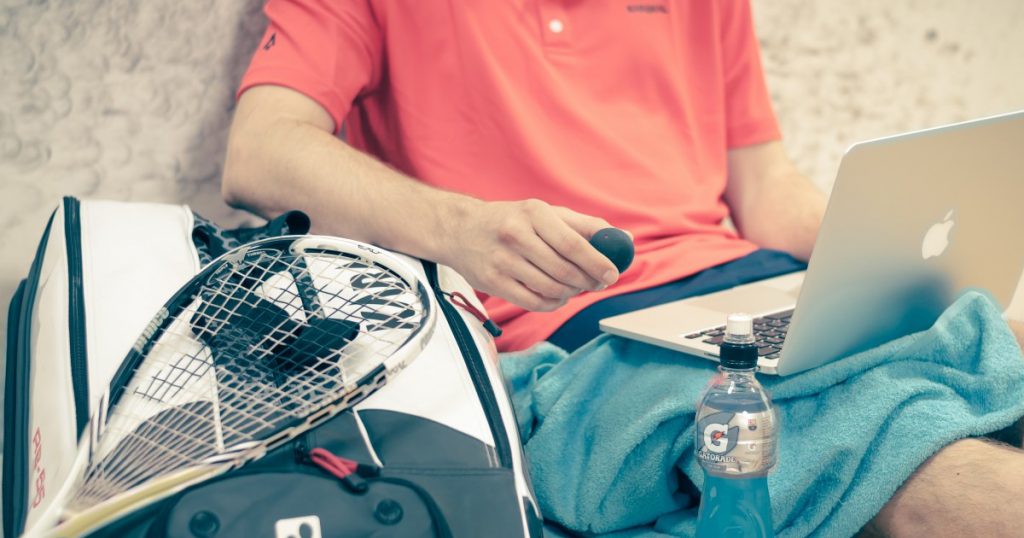
Knock out some homework during downtime.
If your student has a busy schedule, you know all too well that spare time doesn’t come easily. That’s why we suggest seeing how they can monetize their time. When you have a lunch break, try to knock out a small assignment.
It will help your student get that much further ahead in classes once they finally arrive home for the day.
3. In the living room

It’s hard to get distracted when mom sees what you’re working on.
Sometimes the living room isn’t a smart choice. It can be one of the noisiest places in your home. But the nice part about that noisy family is that they can be a great support group too.
But if it is the right environment, the living room is a place where your student feels comfortable, yet you can easily help them stay on track. After all, it’d be difficult to spend time on social media and YouTube when mom sees what you’re doing. That way, you can help them stay disciplined to get homework done for the day.
4. At a desk or table
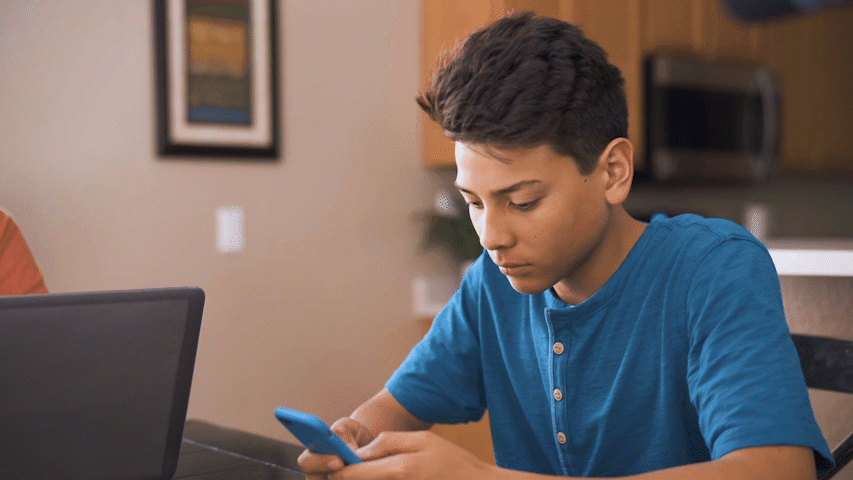
Somewhere designated is best when the brain doesn’t feel motivated.
While studying on the couch is always cozy, you should also consider finding a desktop or table for the times that require more focus. Here’s why:
The brain makes associations with each place you go. For example, when you go to your bed, your brain associates that with sleeping. When you go to the couch, your brain associates that with relaxing.
That means if your student needs more help focusing, you should have them study somewhere they usually work. A table and desktop are great places to help your brain know it’s time to work.
As one online instructor, Ms. Day said:
“If you do homework in your bed where you sleep, it’s likely going to make you want to take a nap rather than do math homework. Go somewhere you know you won’t get distracted (or leave) until you finish homework. Make that your routine and doing homework there will become as natural as taking a nap in your bed is.”
5. The great outdoors

Nothing recharges the brain like fresh air.
You would still need an internet connection. But studying outdoors is a great way to get a change of atmosphere while learning.
Sometimes switching up the environment can make a huge impact on your child’s motivation to study. It can be much better than sitting in a classroom seat, at least!
Whether that be your backyard, the park, the beach or even a barn (sure, why not?) have them try studying there.
Anastasia the Musical
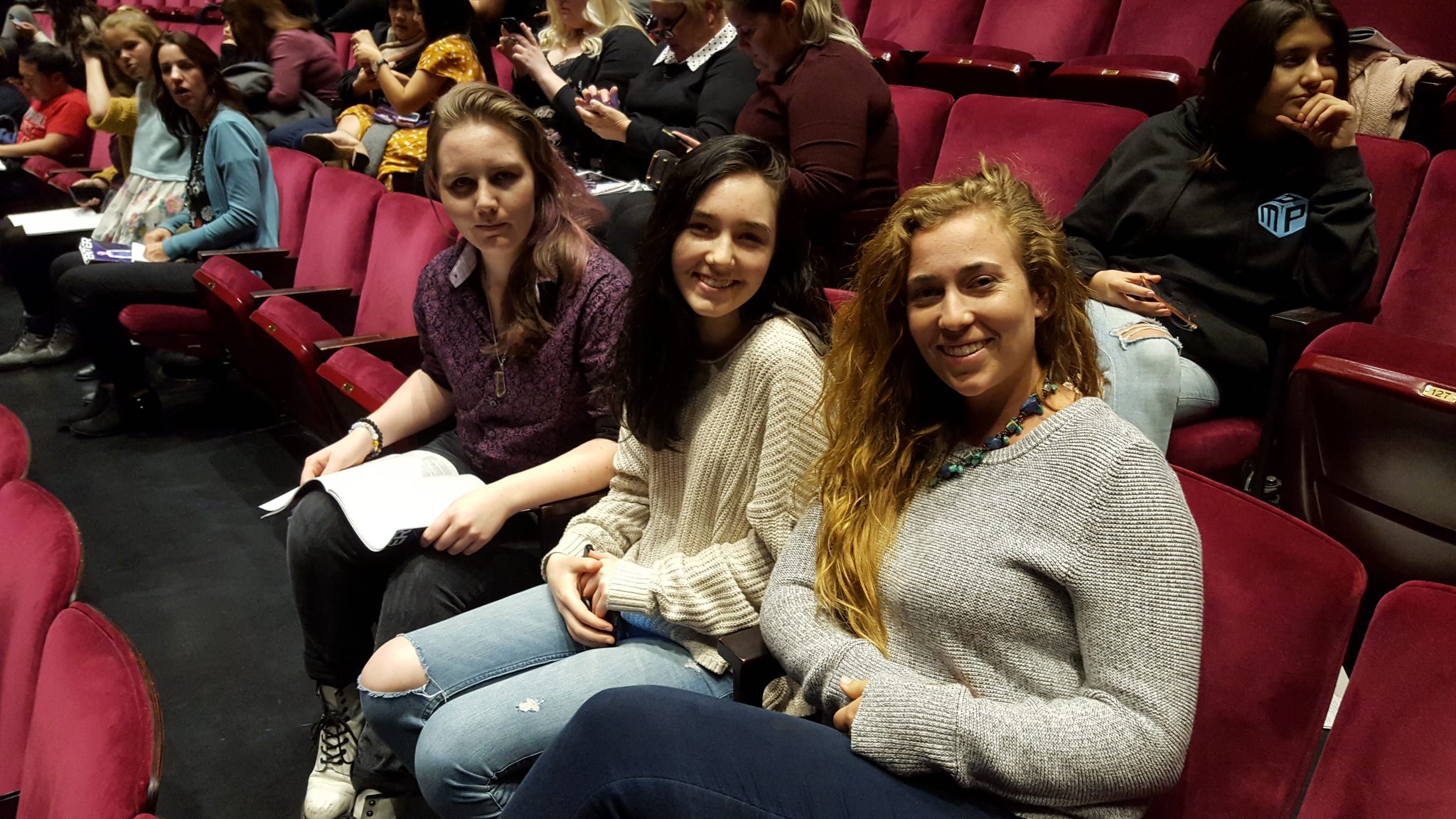
At Elite Academic Academy, students have access to incredibly entertaining, educational, and informative events involving the Visual and Performing Arts (VAPA). These VAPA events include theatre productions, dance shows, vocal concerts, movies and more. Elite’s latest musical trip was to see Anastasia at Segerstrom Center for the Arts in Orange County.
Elite’s VAPA Director has a message for the Elite families that attended the musical: What a blast Anastasia was!
I was so thrilled to see all of you turn out for a night at the theatre. The show was magical, and the cast was extraordinary. The production value alone was outstanding. The use of projections in this particular production was simply breathtaking, and I am so glad that we were able to witness it.
I wanted to thank each of you for taking time out of your very busy schedules to come out to the theatre and go on a journey. As artists and non-artists, we need stories, we need to be uplifted, we need to escape to other worlds to grow compassion. Thank you for traveling with me on a Journey to the past!
Elite’s next VAPA trip will be The Shakespearience – don’t miss out!
Thanks,
VAPA Lead James Fowler
The students and staff had a great time at the musical, and we captured some of those good times on camera. We hope to see many more of you at the next show!
Online, flex and homeschool students do, in fact, communicate with instructors. Here’s how:
 The lack of face-to-face instruction might seem like there’s less ability to contact instructors.
The lack of face-to-face instruction might seem like there’s less ability to contact instructors.
But really, online isn’t to blame for effective student-teacher communication. In fact, there are common barriers in communicating within the traditional classroom setting.
For example: If you had one hour to help 30 people, who would you go to first? Likely the ones who grab your attention and ask for help.
With such large class sizes, students must be vocal in order to receive any sort of help. Those who aren’t oftentimes fall through the cracks.
In online or homeschooling, students are able to contact teachers anytime throughout the working day. There are real-time online lectures similar to that of the traditional classroom but that’s just one point of contact–not the main form of interaction.
Here are the different ways students can contact teachers at Elite.
Six ways online and homeschool students communicate with instructors
1. Email

Every educator has an individual email provided to all students at the beginning of each course. This way, students can easily send messages to their teachers and usually get a response within 24 hours or less.
2. Messaging within the school’s online platform
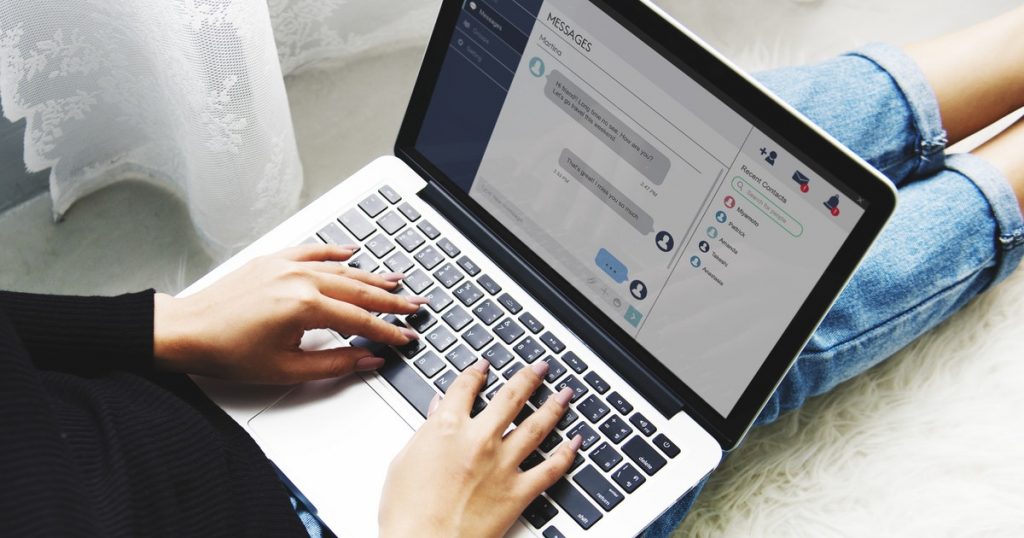
Our Parent Student Portal’s (PSP) messaging isn’t just for connecting with students and making friends in a safe environment, though that is a plus.
Another way to contact teachers for a faster response is through messaging, where students log in to see announcements, check grades, chat with other students and their teachers. In the messaging section of the PSP, students can find their teachers and get a quicker response to a question.
3. Phone call

For an immediate response, students can call teachers on their direct office line and chat with them regarding any questions or concerns.
4. Oftentimes, even a text message

Many of our teachers even offer text messaging, either through personal phones or a Google phone line.
If the instructor offers this option, you will find out at the beginning of class in announcements, or you can always reach out through one of the other communication lines and see if they have texting available.
5. “Live” online sessions

In our online courses, teachers will hold real-time classroom online sessions to instruct the course, answer questions and hold classroom discussions.
If you don’t want to ask questions in the group session, our teachers are more than willing to schedule a one-on-one online session with you to provide tutoring and more personalized instruction.
6. In-person appointments
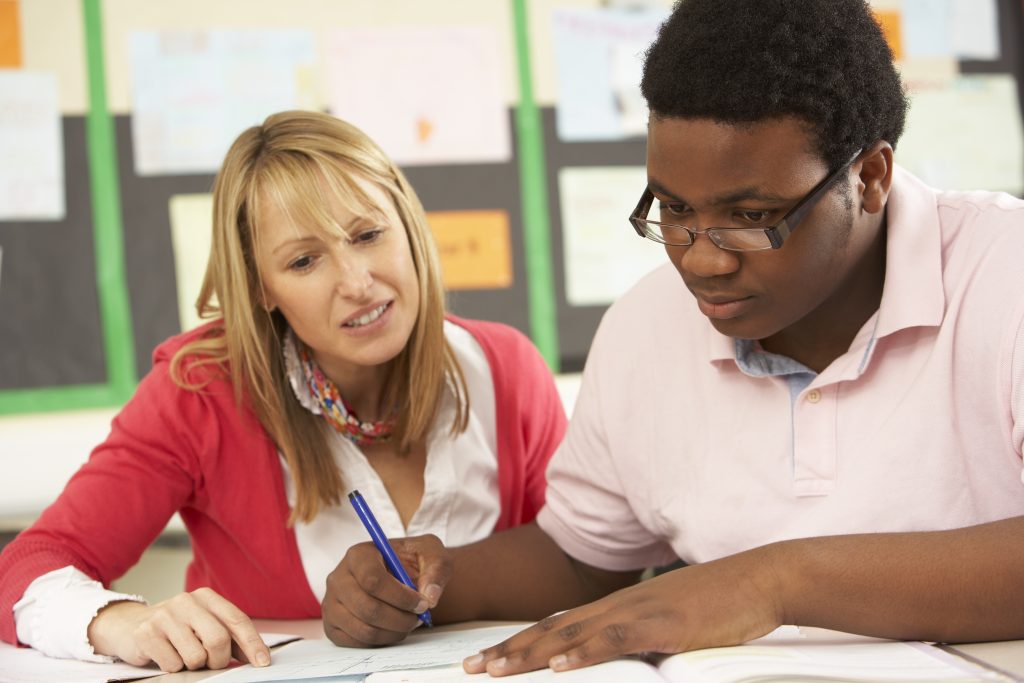
Parents and students can call their teacher and get in-person support when needed. Of course, you should schedule an in-person appointment ahead of time with your instructor, but an in-person session can be a great way to meet your child’s teacher face to face and get face-to-face support from instructors.
For homeschool students, there are also assigned Elite Educators provide support and even come to your home for an academic consultation.Flex teachers are happy to meet you at your local public library. This occurs every 30 days to evaluate student progress and help keep students on track with their individual educational plans. For more information, head here.
Remember, our teachers are here to help your child succeed. We hope you take advantage of all the communication channels available to you.
Meet Pearl Baldi, homeschool student
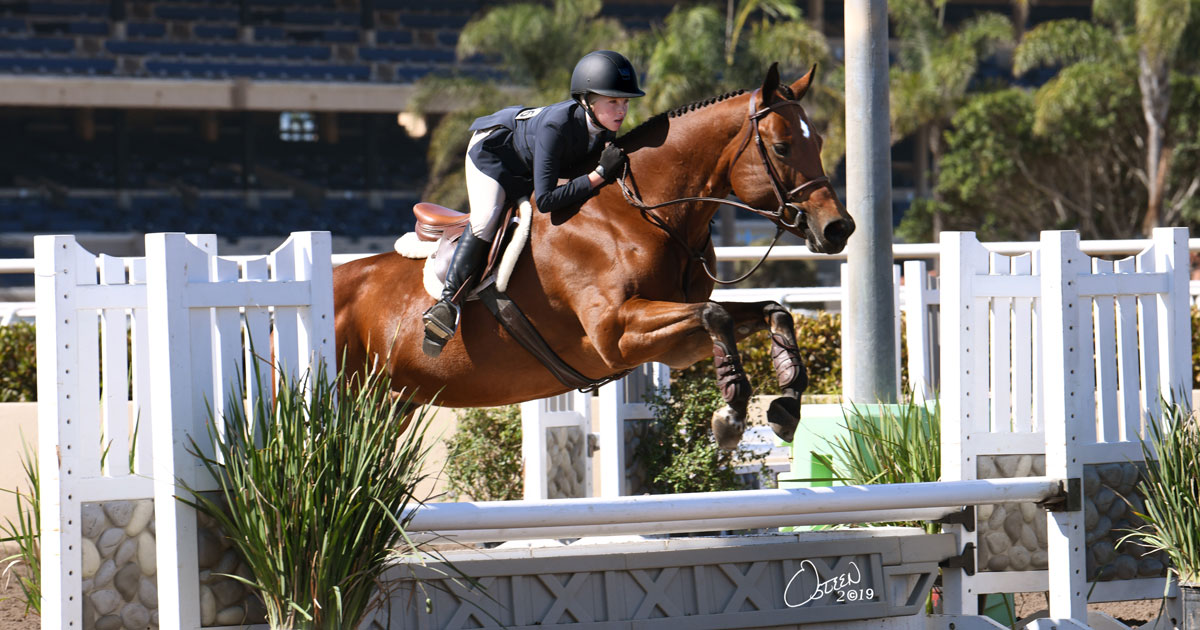
It's no secret among our parents that our students are the best! If you got a chance to meet some of our students, you'd be amazed at what they can accomplish.
To help parents unsure of online, blended or homeschooling, we thought we'd shine the light on a few of our students, so you can see that they are just like any other student--and they do great things!
Pearl Baldi, a fifth grade homeschool student here at Elite, is no exception. She is an awesome student and an incredible horseback rider.
We asked her a few questions; this is what she said:
Tell us about yourself!
"I am a horsewoman and love riding, training, and caring for my herd. I also enjoy “catch riding” other people’s horses and ponies at shows and for sales videos. It makes me feel accomplished when I help a pony overcome a bad habit or train it to jump well or do certain tasks. Showing horses is very exciting and I feel lucky to do it.
I also raise dairy goats and am a 4-H member. Goats are sweet creatures and it is fun to see them grow up and become good milkers. I also like to make goat cheese- yum!"
 Why did you choose Elite?
Why did you choose Elite?
"My mom and I met Kath Gray, she is my Learning Coach. She is so kind and helpful, I knew that Elite would be a good choice."
What do you enjoy about being an Elite student?
"Being an Elite student lets me pursue my riding dreams and goals because it is so flexible. I’m glad we got to pick the curriculum I use and I can study at home or at the show!"
How do you balance school with activites?
"I have a rhythym to my work week and often do assignments in the evenings or when it is too hot to ride."
What is your favorite aspect of your home workspace?
"My workspace is anywhere I choose! It is nice to be comfortable at the dining table near snacks or on the daybed reading. I like that it is quiet and calm."
What advice do you give students to do well in school?
"I would tell students to try your best and do good work the first time. This way if you know it and show it then you don’t have to do similar assignments over and over. If something is difficult, think about the thing you love to do, as your reward for completing it. For me, that thing is being with horses," Pearl Baldi, fifth grade
About the online elective courses offered at Elite

In high school, most classes are assigned to you. You have to take English, math, science, history and economics.
So, obviously, when we’re handed the course catalog, one of the first things we do is look through the electives. It’s the one part of high school you have the freedom to choose!
Online elective courses (yes, we offer electives), believe it or not, actually have a little more freedom.
Here are the online elective courses you can choose from with Elite Virtual Academy:
Did you know we offer an award-winning curriculum? You won’t just be reading a bunch of text, you’ll get to watch videos, view virtual reality and more! We’ve partnered with StrongMind to offer you the very best online curriculum.
Here are the favorite online elective courses from our students:
Interior Design
In this course, students are introduced to the basic concepts of interior design. Students dive into the fundamental principles of interior design, including analyzing color and design elements, environmental concerns, and setting up rooms with furniture and decorations.
Fashion Design
Fashion Design is an introductory course to the fashion design industry and its careers. It is designed in a way that it is accessible for any level from first-year students on.
Photography Basics
In Photography Basics, students will learn how to correctly explain the setup and proper use of basic photography equipment. Students will not need access to photography equipment in order to take the course; opportunities to practice with digital simulations and theory will be present throughout the course. This course is designed for any beginner interested in learning about photography and what it could take to make a career out of their interest in this exciting, dynamic field of study.
Other online elective courses you can take:
- Art History: Origins
- Art History: Modern
- Criminology and Forensics
- Criminology and Justice
- Gaming Unlocked
- Graphic and Web Design
- Photography Basics
- Principles of Marketing
- Interior Design
- Fashion Design
- Retail Marketing
- Entrepreneurship
- Computer Basics
- Character Education
- Middle School Spanish 7
- Middle School Spanish 8
- Spanish 1
- Spanish 2
- Spanish 3
- Spanish 4
- Middle School Health
- Health 101
- Personal Fitness
- Middle School Photography Basics
**For A-G approved courses, head here.
The list is long for a reason: We want to offer classes that interest all of our students.
To learn more about each elective course, head here.
A few tips to help your teen get a good night's sleep

For younger students, this doesn’t usually seem to be a problem. But once the teenage years start, it can seem like your teen is always tired and never gets the sleep they should.
If that’s your teen, you’re not alone.
In fact, 73% of teens report that they don’t sleep enough. That means most teens aren’t getting the zzz’s they need.
Sleep affects more than you may know. Without the right amount of sleep, teens could:
- Become more forgetful
- Develop more skin issues, like acne
- Gain weight and/or overeat
- Become more likely to get sick
- Drive poorly
- Become irritated easily
The list goes on. Sleeping is important, you know that. But sometimes it can feel near impossible to get your teen to sleep, especially if they’re waking up often in the middle of the night.
If your teen is having trouble sleeping, here are a few tips to follow.
Put their phone in another room
Let’s take a moment to talk about those smartphones. They’re more detrimental to sleep than you might think.
A study showed that turning the phone on silent isn’t enough. Small disturbances like a screen notification keeps the brain wanting to check your phone.
Even just being aware of a missed call, an unread text or another notification causes the brain to stay alert, hurting the chance of a good night’s sleep. It knows there is something else to do, and it diverts the attention.
We recommend setting all smart devices (phone, tablet, etc) in another room. If your teen is able to forget about it, they’ll hopefully be able to sleep much better.
Separate their workspace from their sleeping space
As independent study and homeschool students, your teen has the ability to study wherever they want. But, if they’re having trouble sleeping, you might want to consider not letting them study on their bed or in their room.
If they do homework in your bed where you sleep, it’s likely going to make them want to take a nap rather than do math homework. The same goes for sleep. If they’re on their bed where they also do your homework, their brain may think it’s time to study.
Exercise early in the day
Exercise certainly has its benefits. It can make you happier and healthier. Exercising releases endorphins in the brain that make you feel good and have energy.
So, if your teen exercises too late in the day, they might still have some pent up energy, making sleep a difficult feat.
If your teen has practice in the afternoons and can’t really avoid exercising late, then try some relaxing exercises, like yoga, to destress before sleeping.
Limit caffeine in the afternoon
Caffeine is generally known to keep you awake. So….don’t let your teen take it at a time when they should sleep. It takes a couple hours before it leaves the body’s system, so make sure they avoid coffee, energy drinks and other caffeinated beverages after 6 p.m.
Limit naps
Your teen is growing, which means sometimes they need a nap, and that’s OK. But frequently napping, especially in the afternoon, can really interfere with sleep. Try to limit it to a 15-minute power nap if it’s something they need during the day.
Stick to a sleep schedule
It will really help your student’s brain if it knows when it sleeps and when it’s time to be awake. Have them stick to a realistic schedule and be as consistent as possible.
Keep lighting bright in the day and low in the night
Lighting actually plays a big role for sleeping. The brain knows when it’s dark, it’s time to sleep. That means if your teen tries to study in dark room, they’ll probably be a little tired and less focused, and then a little too awake when they actually try to sleep.
Keep lighting bright during the day, and bring it down in the evening so the brain can know to wind down.
Follow a few tips to reduce stress
Stress can be a major culprit of lack of sleep. If your student is feeling anxious or stressed, their brain is going to want to stay awake.
We posted a blog a little bit ago about how to reduce stress in your life. Here are the basic tips for reducing stress:
- Be open with it. Talk with your parents, friends and doctors. All are here to help
- Breath. Breathing exercises work wonders!
- Limit negativity and toxicity in your life. Remember the positives instead.
- Exercise and eat your vegetables. It really impacts your mood.
- Get out and socialize, especially when you don’t want to.
See a doctor
And, of course, if nothing seems to be working, a doctor will be able to help your teen the most. But hopefully these tips above can help them get the sleep they need.
These Fall Recipes are both delicious and easy to make with your Elite student

If we’re being honest, there’s not really an excuse needed to whip up a delicious treat.
But, it is officially Fall, and if that calls for new recipes, then hey.
Baking is not the debate. The real question is: Should you involve your Elite student in cooking? That’s always a tough call. Of course, the bonding time is great. But, it tends to come with a few eggshells in the food and flour all over the counters.
We found a few “student friendly” ideas to involve your child without compromising the quality of the recipe (hopefully).
Corn Casserole
This recipe is for a simple side dish that’s picky eater friendly. Corn casserole only calls for five ingredients (or six if you like extra flavor) and just 10 minutes of prep time.
Ingredients:
- 1 container (8 oz) of sour cream
- ½ cup (1 stick) unsalted butter, softened
- 1 can (15 oz) creamed corn
- 1 can (15 oz) whole kernel corn (drained)
- 1 box (8.5 oz) cornbread mix
- 1 can (4.5 oz) diced green chiles (optional)
- Cooking spray to prepare dish
Tools:
- Mixing bowl
- Spoon
- Quart-sized casserole dish
Directions
Step 1: Preheat the oven to 350º degrees.

Step 2: Melt one stick of butter in the microwave for about two minutes.
Step 3: Combine all of the ingredients in the mixing bowl by stirring them up with the spoon.
The green chiles are entirely optional, but they add a little extra kick that us Californians have come to love in our dishes.
Step 4: Spray your quart-sized casserole dish with the cooking spray.
Step 5: Pour the contents of the bowl into prepared dish.
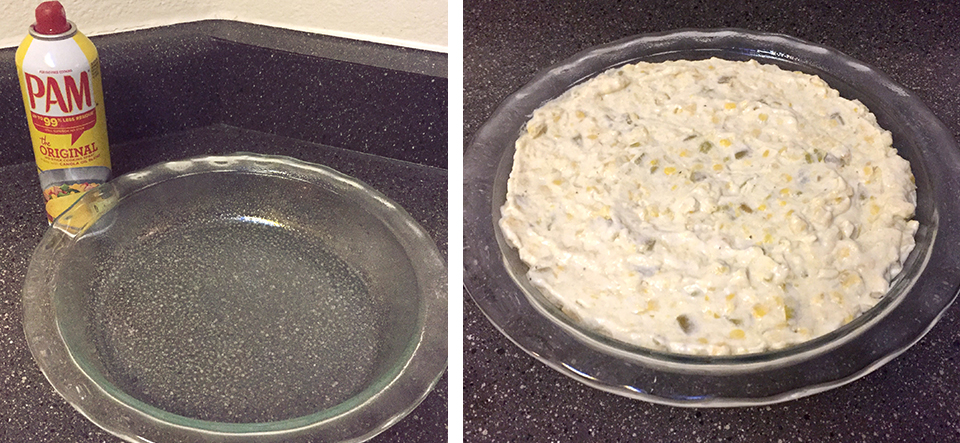
Step 6: Pop the dish into the oven and cook for 40 minutes.
Remove the corn casserole and top it with some shredded cheese, or enjoy as is!
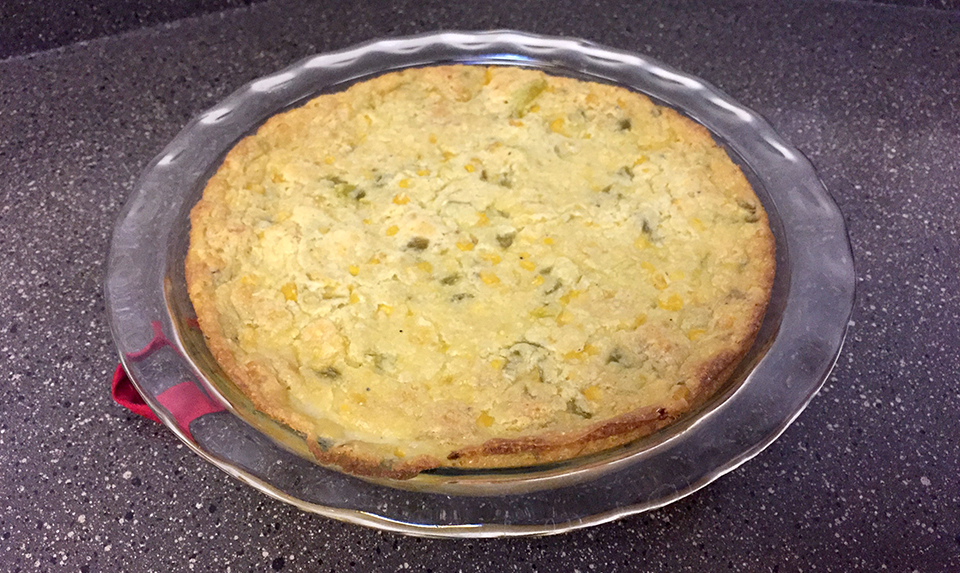
Now that you have the oven on, you may as well make a dessert too. This recipe is even easier than the last; it requires two ingredients.
Two Ingredient Pumpkin Brownies
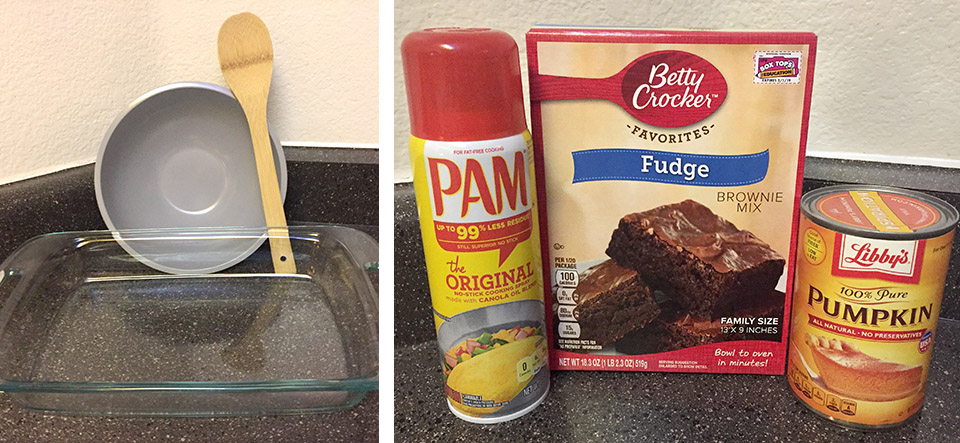
Ingredients:
- 1 can (15 oz) of 100% pure pumpkin (not pumpkin pie filling)
- 1 box (18.3 oz) brownie mix
- Cooking spray to prepare dish
Tools:
- Mixing bowl
- Spoon
- 9×13-inch baking dish
Directions
Step 1: Preheat the oven to 350º degrees.
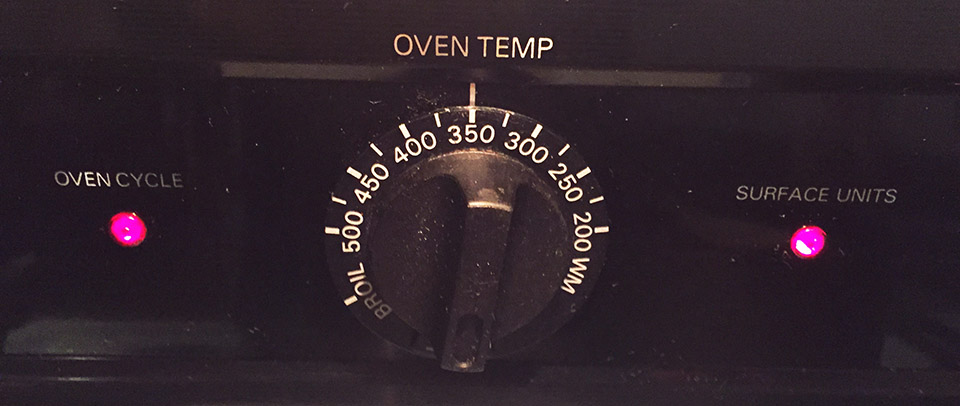
Step 2: Combine both of the ingredients in the mixing bowl by stirring them together with the spoon.

Step 3: Spray the baking dish with the cooking spray.
Step 4: Pour the contents of the bowl into the baking dish.
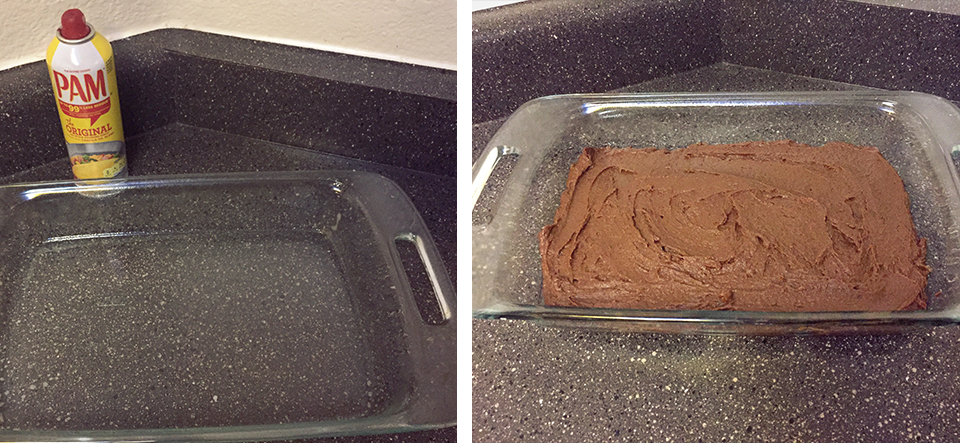
Step 5: Pop the baking dish in the oven and cook for 25-30 minutes.
The brownies might appear under-done, so check them by inserting a toothpick or butter knife and you’ll know they are cooked through if it comes out clean.
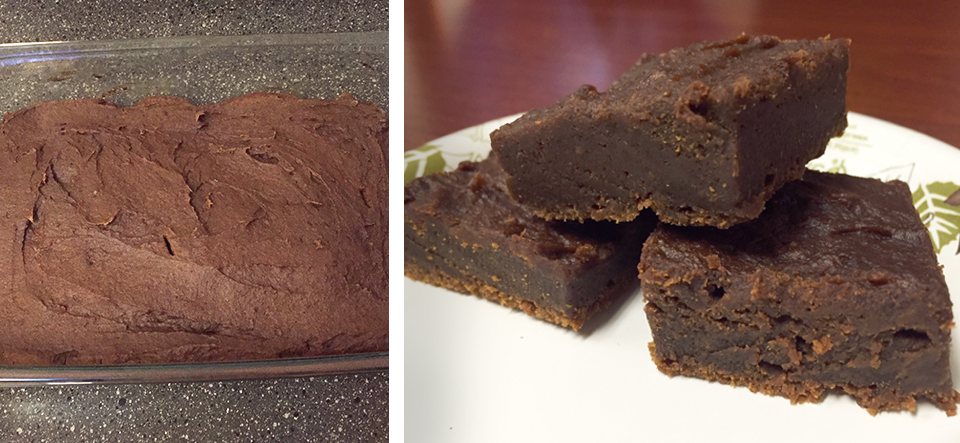
Pumpkin Flan
OK, this one’s a little contradictory to the others. It’s not quite as simple as two ingredients. But if you have older Elite students who are up for the task, it is relatively easy and delicious!
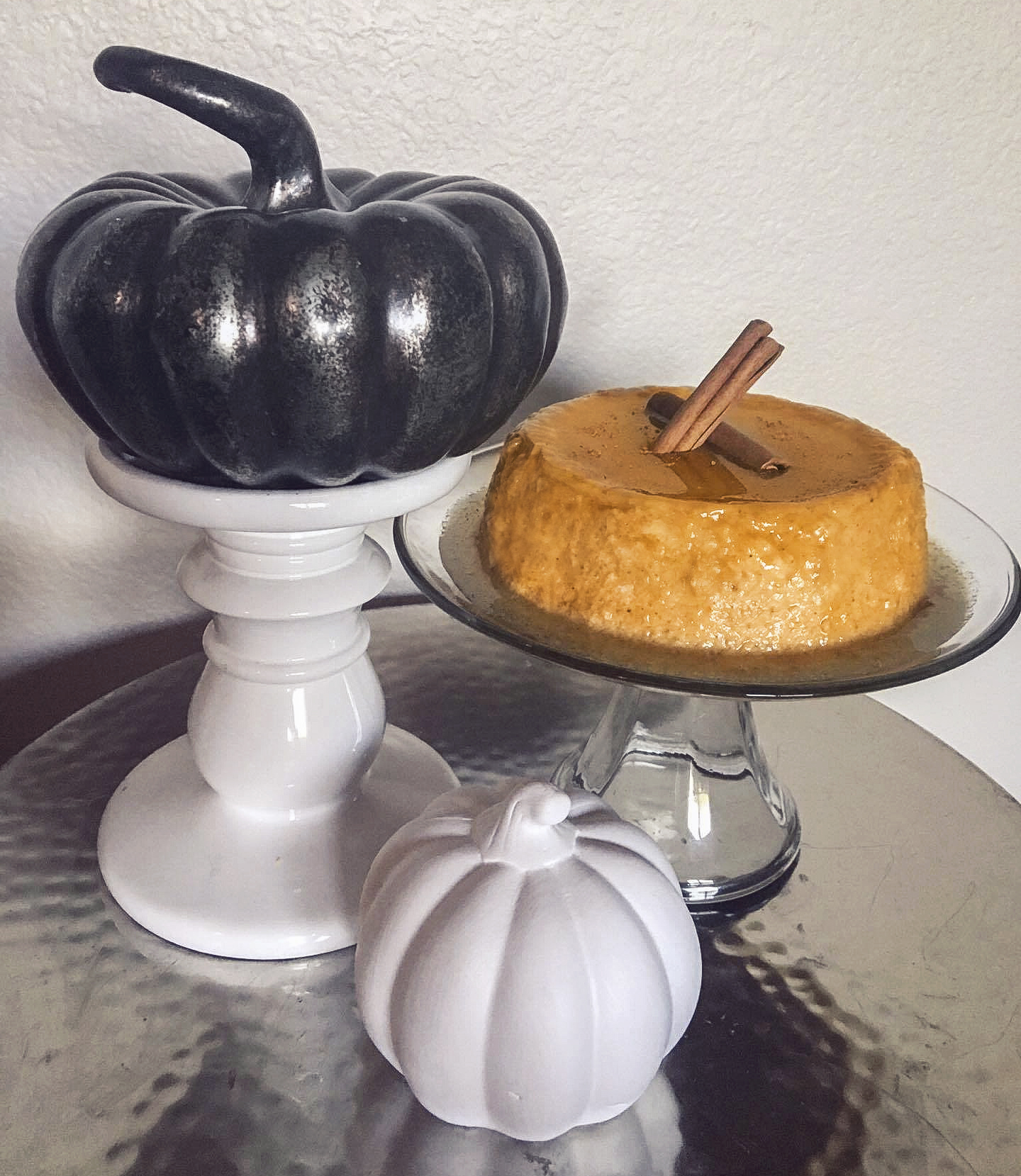
Flan de Calabaza (Pumpkin Flan)
Ingredients for the caramel:
- 1/2 cup of granulated sugar
- 1/4 cup of water
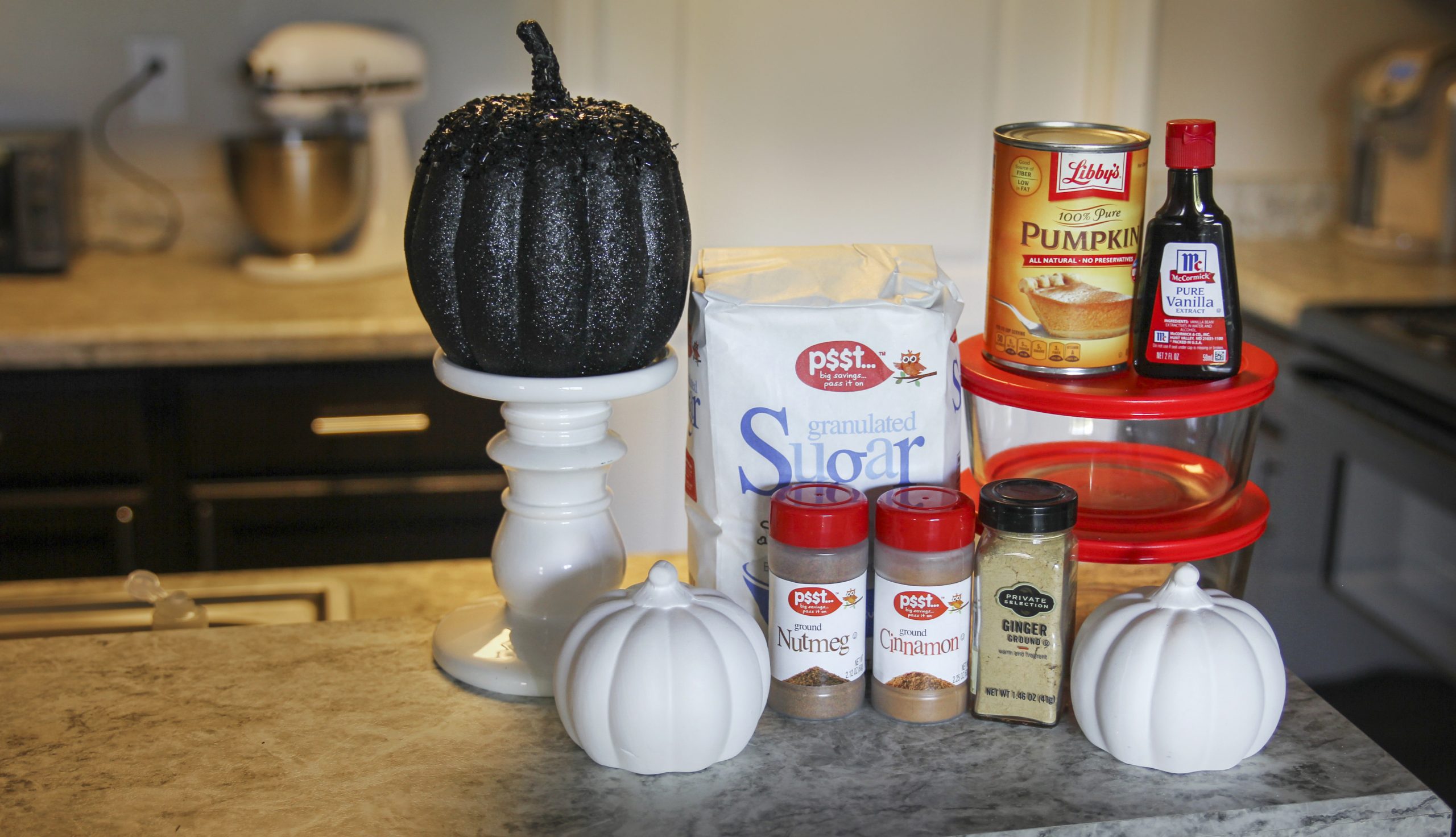
Ingredients for the Custard Filling
- 1.5 cups of whole milk
- 1 cup of pumpkin puree
- 1/2 teaspoon cinnamon
- 1/4 teaspoon ground nutmeg
- 1/4 teaspoon ground ginger
- 1/2 cup of granulated sugar
- 1 teaspoon vanilla extract
- 4 large eggs
Tools:
- Small sauce pan
- Medium sauce pan
- Oven-safe bowl OR mold of choice
Directions
Step 1: Start by mixing the spices into the pumpkin puree


Step 2: Make the caramel
Heat the water and granulated sugar in a saucepan (stainless steel works best) over a medium heat. Once it starts to bubble and change color, give the pan a shake or a quick stir. Let it cook and turn golden brown, but be careful it doesn’t turn dark brown and burn.
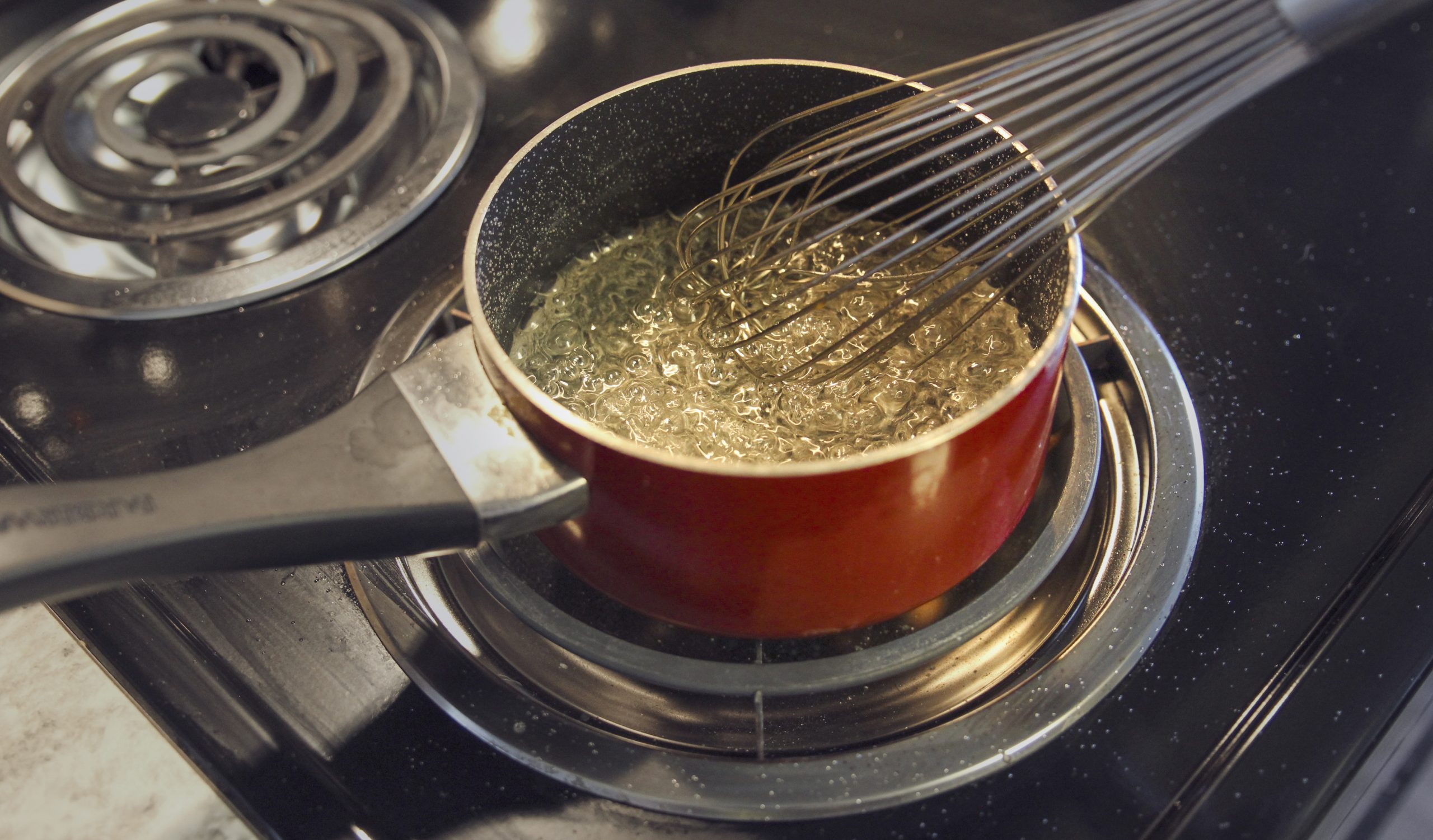
Step 3: Pour the caramel into the baking pan
Once golden brown, quickly pour into a 4.5 cup baking mold (it can be one that is specifically for flan, or any baking dish with that capacity).
Quickly make sure that the caramel coats the bottom and sides of the mold, by swirling around to drag the caramel around the sides of the mold before it hardens.

(hot caramel mixture in dish)

(caramel mixture hardened in dish)
Step 4: Prepare the custard
To prepare the custard, put the milk, sugar, pumpkin and vanilla into a saucepan and heat over a medium heat until simmering. Cook until all of the sugar is dissolved and the mixture is evenly heated. Remove the mixture from the heat and let it cool for about 10 minutes, stirring every minute or two.

Step 5: Preheat the oven to 325°F
Step 6: Lightly beat the eggs in a large bowl

Step 7: Temper the egg mixture into the custard
Making sure that the milk and pumpkin mixture is sufficiently cool (so that it won’t scramble the eggs), whisk in this mixture little by little, until all is incorporated. This process is called ‘tempering’ and basically means to slowly bring up the temperature of the eggs without scrambling them. If you just combine the two mixtures, you’ll end up with cooked eggs in your mixture. We started the process by pouring the custard mixture in to the whisked eggs in 1/4 cup batches.
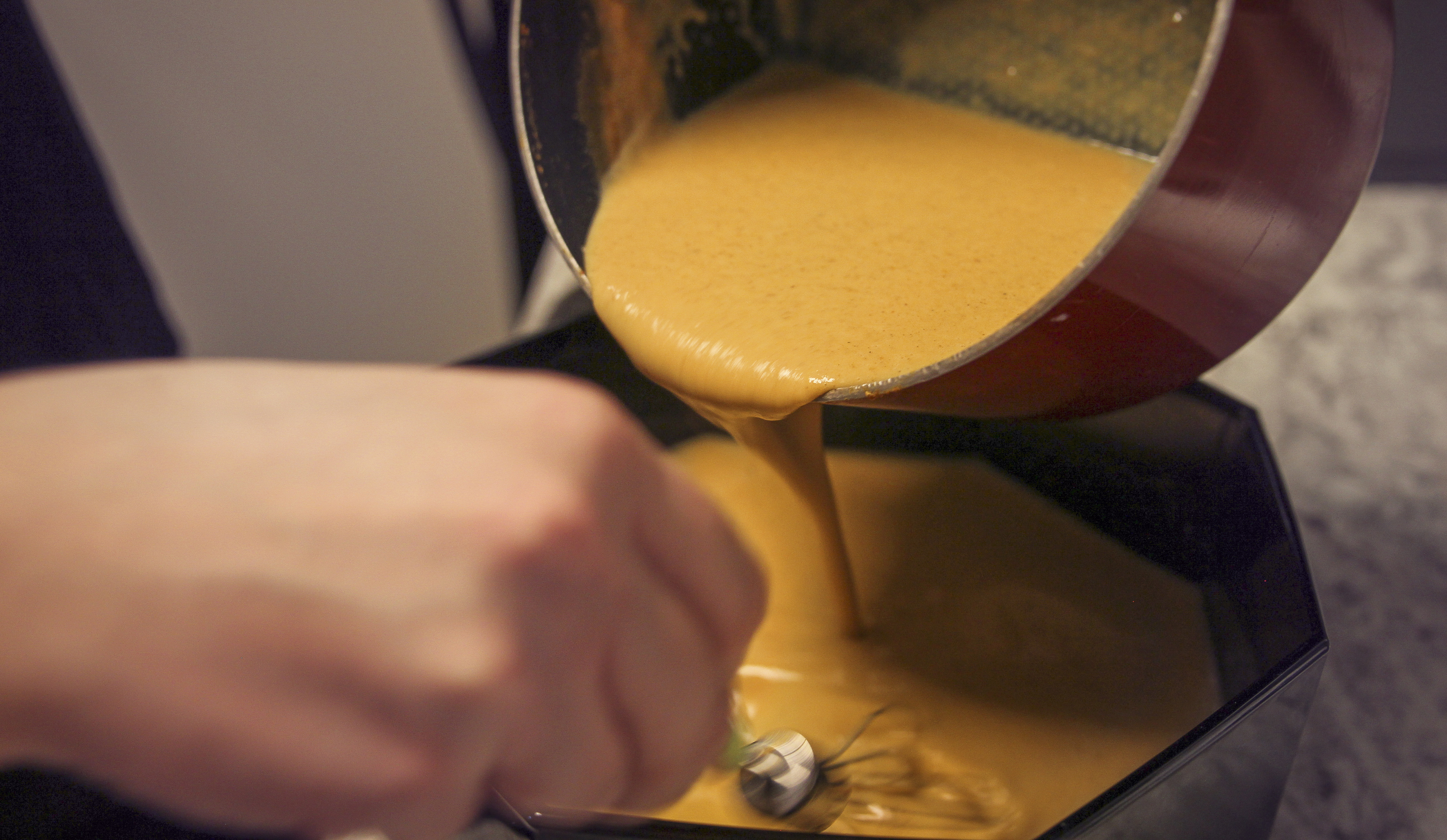
Step 8: Pour the custard mixture over the caramel
Step 9: Bake the flan for about one hour in a preheated oven at 325°F
Place the flan mold/pan into a large baking pan. Boil enough water to fill the baking pan halfway. This method of cooking is called ‘bain marie’ and means a container holding hot water into which a pan is placed for slow cooking.

Step 10: Let the flan chill
Remove the mold from the pan of water and allow it to cool completely. Cover with plastic wrap and let chill in the fridge overnight (or for at least 4 hours).

Step 11: Chow down
When ready to serve the flan, run a knife around the edges of the mold to loosen the flan. Then place the serving dish on top, and quickly flip the flan over. Lift off the mold and the flan should slide right out, covered in a golden caramel sauce. We thought it looked nice garnished with some cinnamon sticks and pumpkin decor pieces.

We’re serious, this is good stuff. Keep all eight servings for yourself or be generous and bring this along to your next family gathering. Either way, we don’t judge.
What is your favorite dish to get in the fall spirit? Share with us in the comments below!
- **This recipe first appeared on ‘About Food‘, published by Spanish Food Expert, Lauren Aloise
For our students: The best way to take notes, according to your learning style

Here's a tricky riddle for you.
What's something everyone knows is an important tool for obtaining good grades, but few hardly utilize? And even fewer actually enjoy doing this one thing.
OK, maybe it's not that great a riddle. Considering this subject revolves around schoolwork, there can be a number of answers. But the one we have in mind is taking notes.
It might be surprising that there are, in fact, multiple ways to take notes. And, depending on your style, there are a right and a wrong way to take notes.
While there are several different methods, we'll focus on the four ideas based on our teacher's suggestions and input. Each has its benefits and downsides, it just depends. All have the ability to customize, so you develop your personal learning style. Check them out:
The "write down what you hear" method

The write-down-everything-as-fast-as-you-can style works for very few, but it seems to be everyone's go-to.
With this approach, you watch a video, read a lesson or hear a lecture and try to write down everything. You'll likely end up short-handing a lot in order to keep up, which means you're and probably not taking the time to comprehend what you're writing.
If you are an incredibly fast typer, maybe you can write down everything you hear. Even then, it's probably best to focus on what you find important.
If you do like to write down most of what you hear in order to have more resources later for studying, there's a workaround.
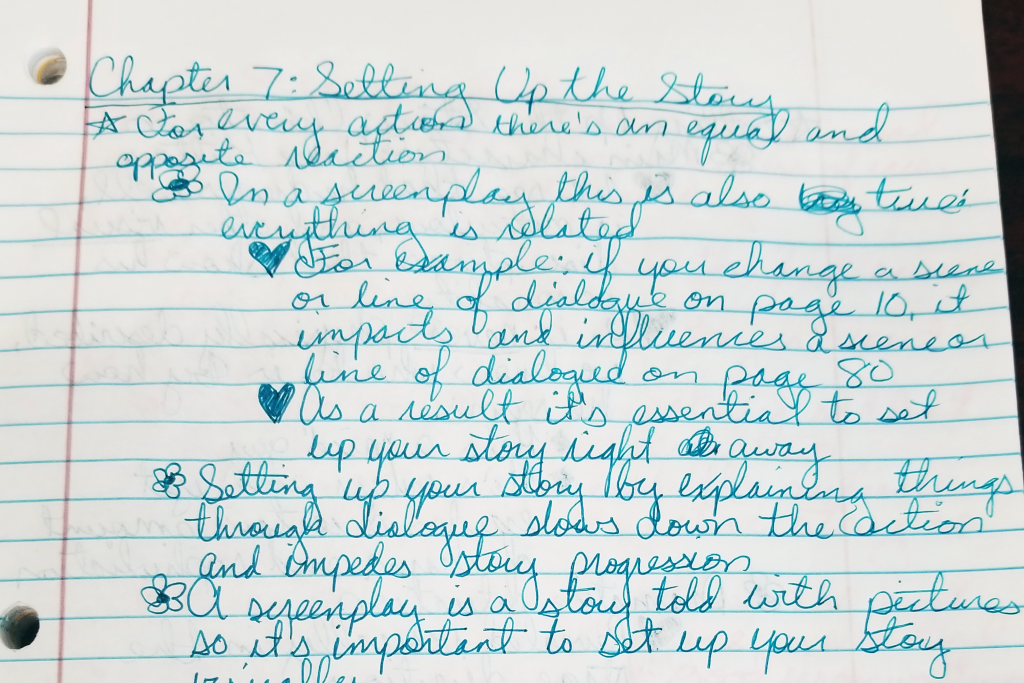
As you're reading through lessons, pay attention to the bolded words, and try to write your own definitions. You can always refer back to the lesson for the actual definition and writing in your own words helps you comprehend and remember.
When to use this note-taking method:
- You're a fast writer/typer and paraphrase well
- You don't mind taking time to thoroughly read through notes later
Why you might not use this method:
- You don't write or type quickly
- You often get stressed about missing key points
- Reading notes is difficult for you and you'd prefer to scan
Visual Outline Method
For these notes, we'll be pretending you're learning becoming a school mascot, Peyton Panther.
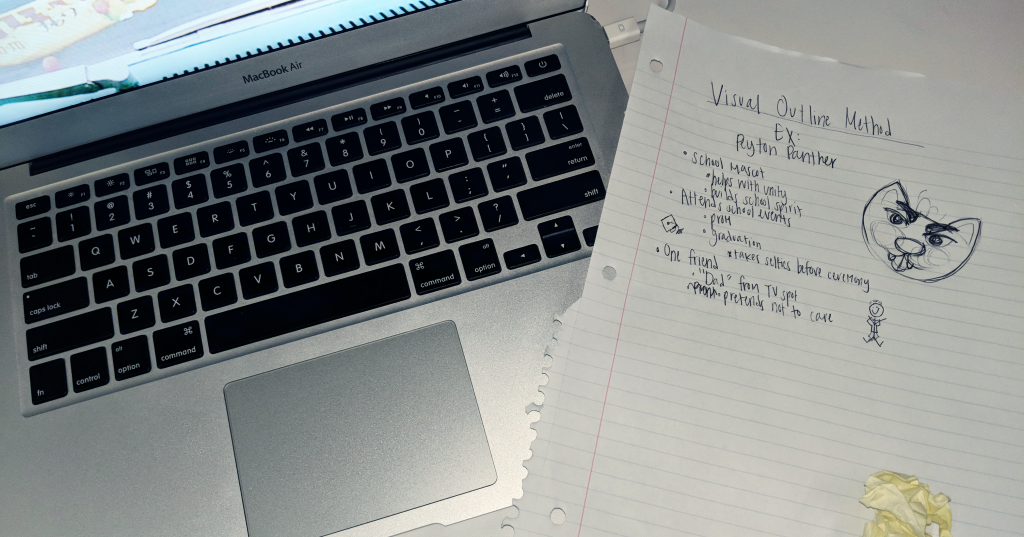
Before you head to your tablet or computer for taking notes, you might want to consider the good ol' fashioned notebook. It's believed that physically writing notes helps you retain information better.
It's debated, though, because typing allows you to take more notes since most type faster than they write. The best advice? Try both and see which truly helps you learn.
Another benefit of physical notes is that you get to doodle. Studies saythat drawing pictures that associate with the topic can help you.
If you feel you're more of a visual learner and you enjoy drawing, try out the visual outline method. Here's how you'd format your notes:
- Topic or keypoint
- Sub point
- supporting points (if needed)
- Sub point
- Topic or keypoint #2
- sub point
- supporting points
- sub point
And so on and so forth. Each time you have a new topic or keyword, draw something to go along with it.
For example, let's say you were learning about Peyton Panther. Your notes might look like this:
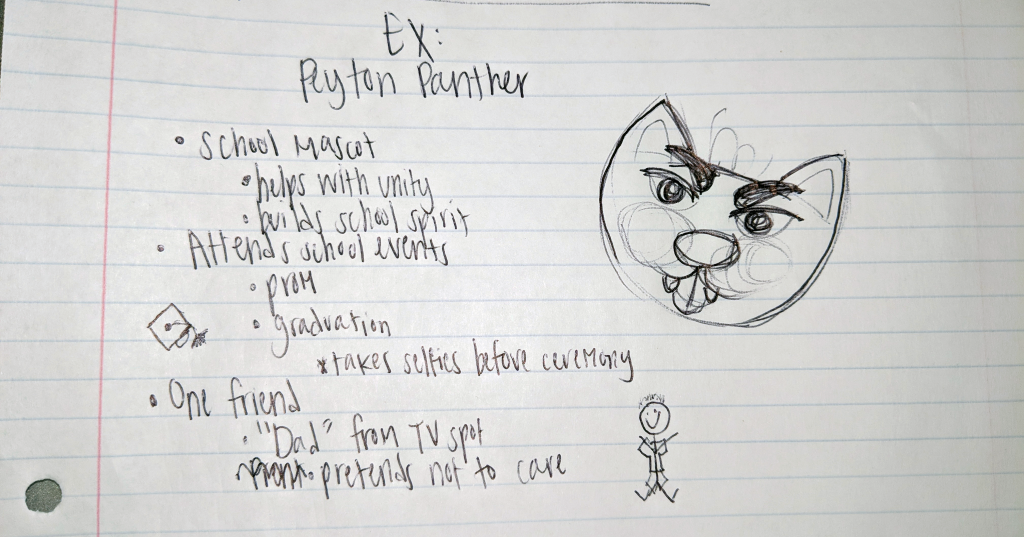
English teacher Isha Rupal is a fan of the outline method. Her personal customization is what she calls "prioritization." Find what matters and break it down.
Try to keep things mentally and physically organized based on whether I categorize them as big ideas, supporting details, examples of the supporting details, exceptions to the rule, etc. So, as an example, my written notes might look like this:
- Spongebob Squarepants
- Lives in a pineapple under the sea
- Two windows, one door
- Neighbors are Sandy and Squidward
- Works at Krusty Krab
- Best friend is Patrick Star
- Kind of an idiot
- “East? I thought you said Weast!”
- “Is mayonnaise an instrument?”
- Kind of an idiot
- Lives in a pineapple under the sea
When to use this note-taking method:
- During a long lecture with several points of discussion
- You have a hard time paying attention and often find yourself doodling
- You like to paraphase
Why you might not use this method:
- You're a perfectionist and drawing might take too much of your focus
- You don't enjoy drawing
- There are a lot of keywords in the lecture
If it is a keyword-heavy lesson, this method could still work. But you might want to break down your notes a little differently. we suggest this layout:
[/fusion_text][fusion_table]
| Unknown word | Definition | Picture |
|---|---|---|
| Peyton Panther | School mascot, spirit enthusiast |  |
The Cornell Method
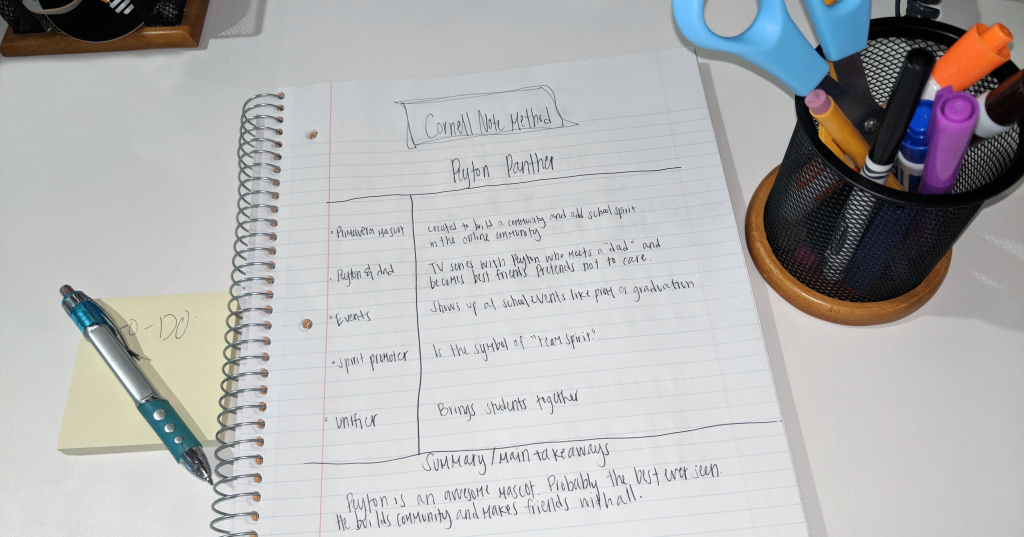
This is a note-taking method that's either loved or hated by most. Some swear by this approach while others find it too constraining.
If you're in a science-based course or going through a lesson with a lot of bold points, this could be the best method. With the Cornell method, you separate your paper into one skinny column on the left, a large column on the right, and a row at the bottom. It's formatted as such:
- Title
- Left column of keywords
- Right column with notes, takeaways
- Bottom row with a summary
If you wanted to take your notes about Peyton Panther using this method, it'd look something like this.
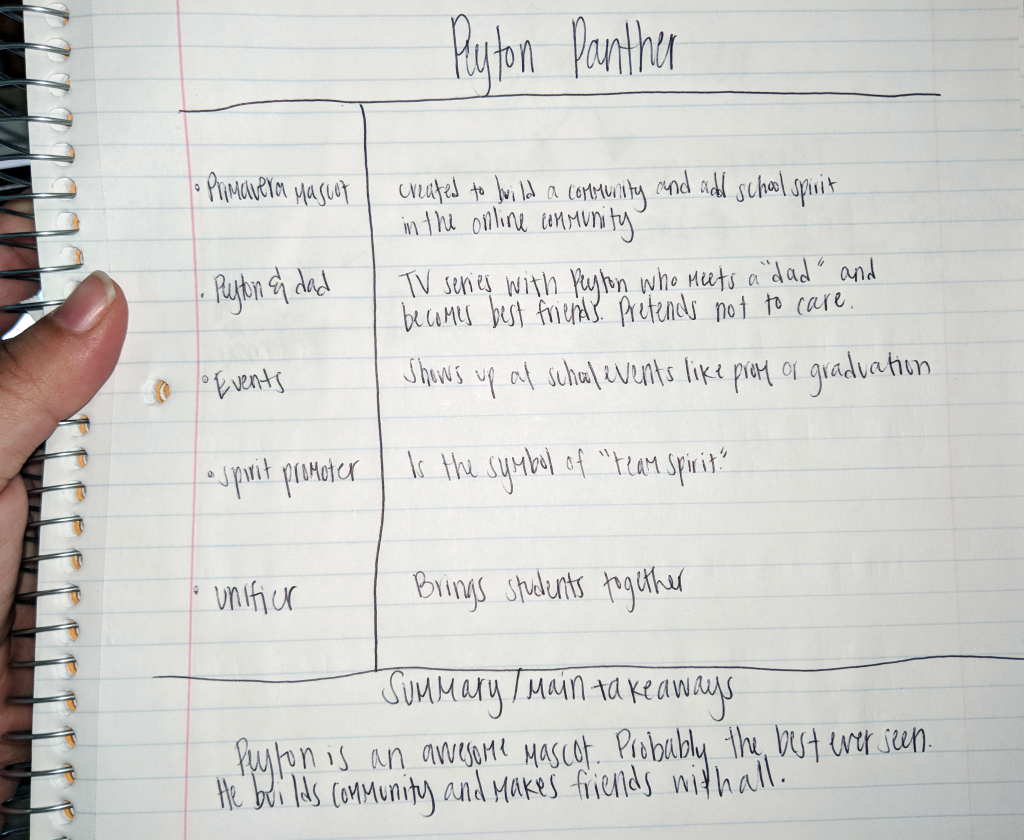
Here's how one teacher customizes the Cornell method:
"I mostly teach middle schoolers so I try and keep it simple when telling them to take notes," said Mr. Welch. "My advice to them is usually to take notes in an organized way that you can easily refer back to and extract information from, but at the same time take notes in a way that is comfortable and fun for you personally. This template leaves that door open for them to organize their thoughts but do it in an interactive and freelance way."
When to use this note-taking method:
- There's a lot of terms and keywords to learn
- You want to memorize keywords or definitions
Why you might not use this method:
- The lesson has several different topics and breaking it down is difficult
- You don't feel confident in scanning and filtering information in lessons
The Branching Method
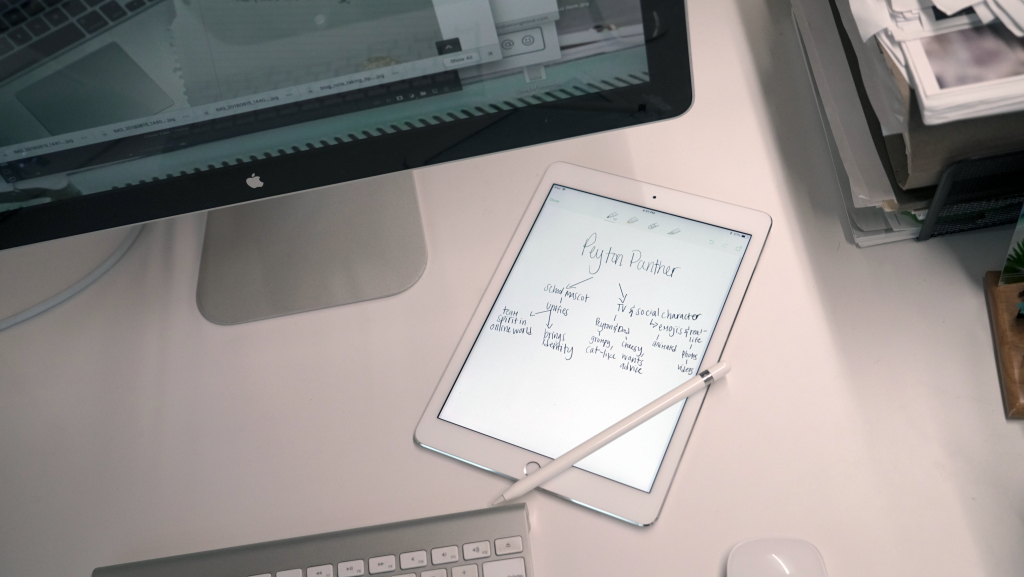
This method is great for breaking down complex lessons. If you are learning a few different things that relate to each other, like the different nervous systems within the body, this can help you jot down notes in a way that helps you see things a little simpler.
Notice that all these can be written digitally, even if you want to doodle. Use an app that lets you work with a stylus, so you can take notes how you want.
Back to the example of Peyton Panther. If you were learning about the mediums in which one might see Peyton, this is how the branch method would look.
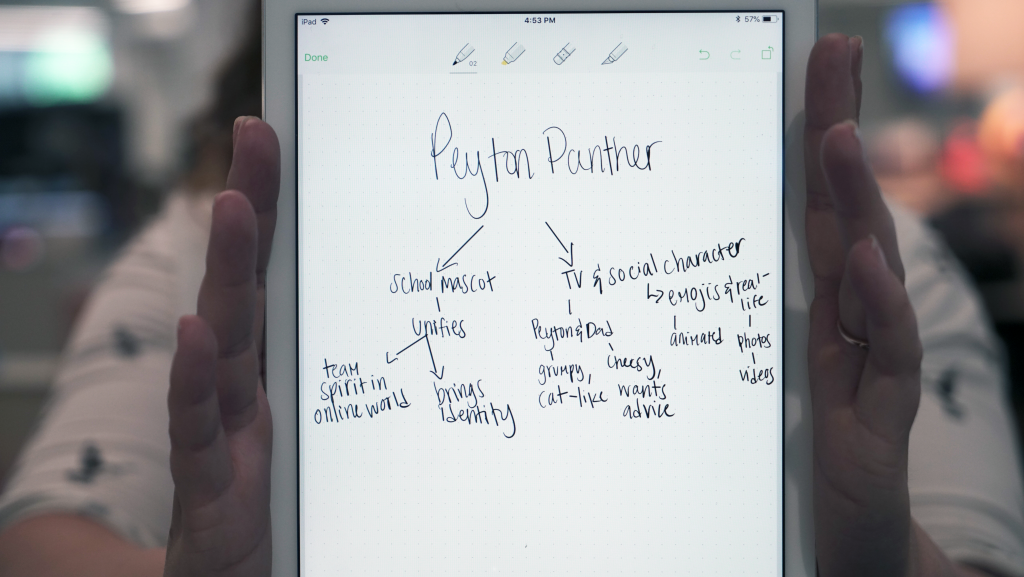
You can also color code topics as you take notes. This will make it easier to review your notes when you go back later.

